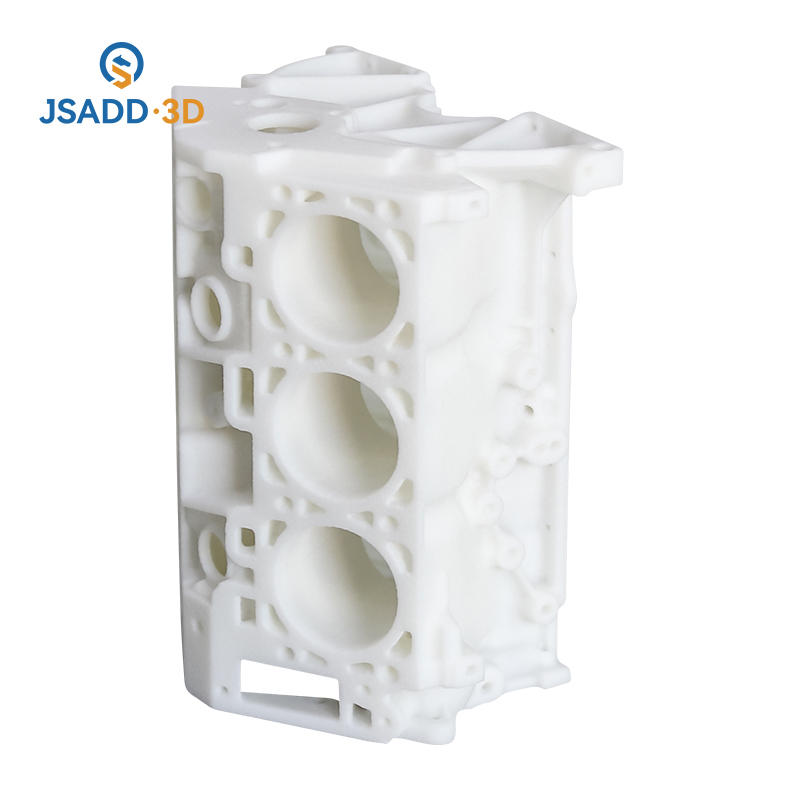Stereolithography is an additive manufacturing technology called photopolymerization, commonly known as resin 3D printing. These machines are built on the same principle, using a light source (laser or projector) to solidify liquid resin into hardened plastic. Their main physical difference is the arrangement of core components such as light sources, build platforms, and resin tanks.
SLA 3D printers use a light-sensitive thermoset material called “resin.” When SLA resin is exposed to specific wavelengths of light, short molecular chains join together, polymerizing monomers and oligomers into cured rigid or flexible geometries. SLA-printed parts have the highest resolution and accuracy, the sharpest detail, and the highest surface finish compared to parts printed by any other 3D printing technology, but the main advantage of stereolithography is its versatility.
SLA is all about precision and accuracy, so it's often used in processes where form, fit and assembly are highly critical. SLA parts typically have tolerances of less than 0.05mm, and it provides the smoothest surface finish of any additive manufacturing process. Due to its excellent quality, SLA is particularly suitable for creating high-precision casting molds (such as injection moulding, casting and vacuum casting) and functional prototypes, display models and for performing shape and fit inspections. SLA is a very comprehensive technology that can be used in any field where accuracy is paramount.
Since SLA parts may require the use of support structures, they often require post-processing, which also provides opportunities for new types of parts. SLA parts can be vapor polished, shot or sand blasted, or even plated with metals like nickel. Plating not only significantly increases the strength of SLA parts, it also makes the part electrically conductive and increases dimensional stability in humid environments.
If you want to get more informations, Welcome Contact US.
Related Video:
Contributor: Niki | Lili Lu | Seazon







